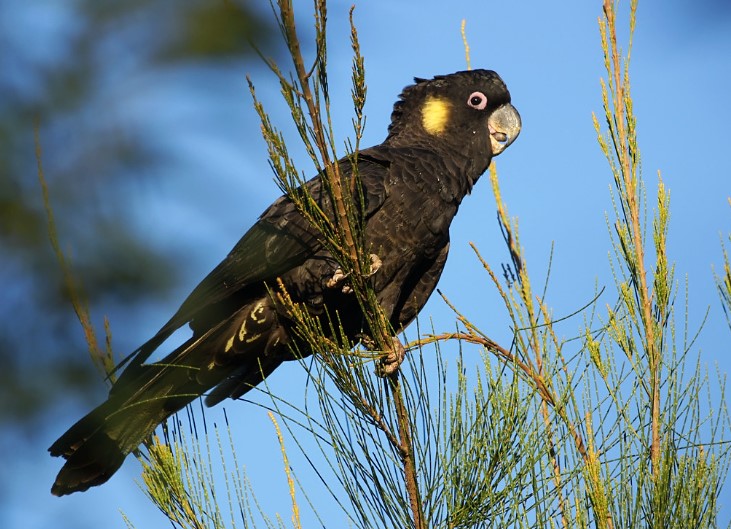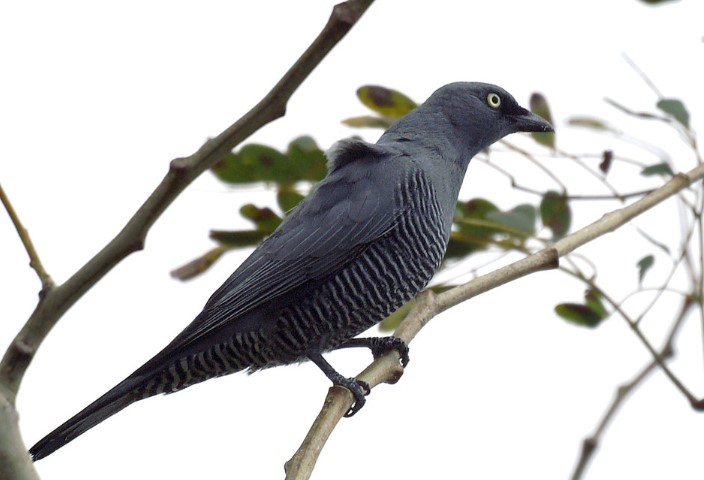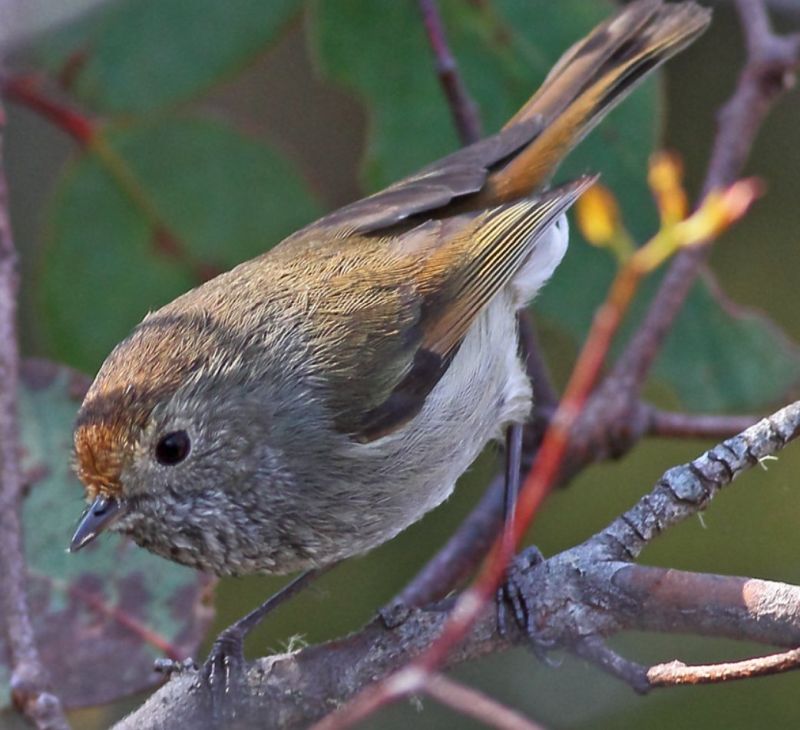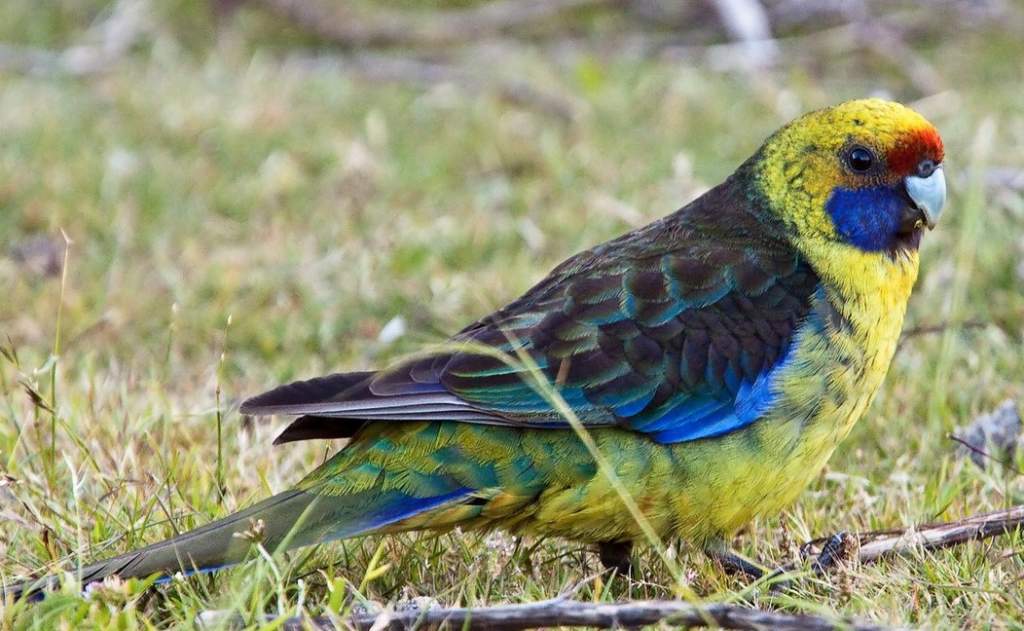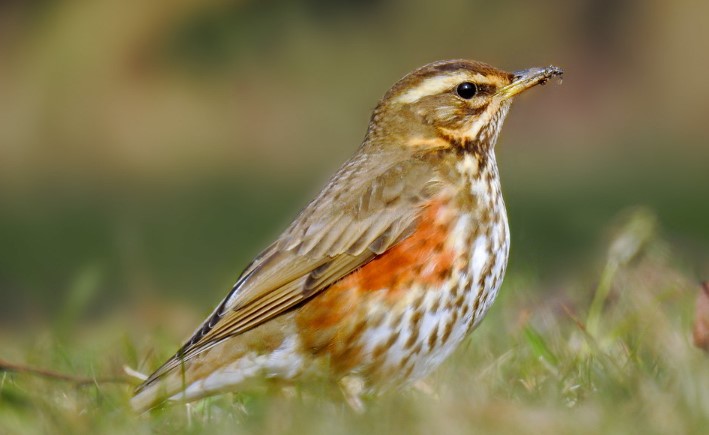There are many ways in this storyline of Carolina Parakeet (Conuropsis carolinensis) runs parallel to the tale of the Passenger Pigeon. These birds were both natives of North America and were species that needed large colonies. They were considered to be dangerous pests and were killed in large numbers, a scourge that was waged throughout the 19th century.
At the beginning of the 19th century, each species comprised millions of individuals. By the end of the century, both species had disappeared completely. Incredibly, the very last of both species died at the same zoo Cincinnati. The last parakeet survived longer than the final of the pigeons just two years – 3 and half years to be exact. In contrast to the last pigeon, this one was male and had been in the zoo for an extended period of time.

At an undetermined time during the 1880s, an unspecified number of 16 tiny green parrots with bright yellow heads arrived in Cincinnati and were bought for $2.50 each. In this group were two birds who would eventually be the two last Carolina Parakeets.
When the purchase was made, many other zoos and Aviaries also had birds of the species. However as time passed, also did the birds of the collection, leaving the birds from Cincinnati. However, they also faded away until two birds were left, two females and a male. The names of the pair were Incas as well as Lady Jane as well as they were cage-mates from their arrival.
Due to their special importance, London Zoo had tried to purchase them, offering $400 for the pair however, the offer was turned down. Then, in the spring of 1917, Lady Jane passed away and left the Incas completely on their own.
Incas remained in the hospital for a couple of months, until the evening of the 21st of February 1918 (despite this apparent precision, the date could have occurred just one week earlier, but the details aren’t completely precise) and he passed away in his cell, surrounded by his guards. They were in clear minds as to what caused him his death. He died from grief. Of course, nobody can be sure that he was the last one of this kind.
While it is likely that all wild birds had gone in 1918, there could have been some wandering around in a wild area and doomed to an evaporating existence for a couple of years. In fact, there are plenty of reports of parakeets roaming the wild after 1918.
But none of them has been proven to be true. It was the only species of parrot that was native to America. It was found in the eastern part of the country, from south of the Gulf of Mexico in the south up to New York and the southern edges of the Great Lakes in the north.
This northern range, with its ability to penetrate colder climates, was remarkable for a species of parrot, but the ability of parrots to adapt to harsher environments is evident in recent years by the colonies of escapee birds (for example, the Rose-ringed Parakeets “Psittacula krameri”) which have survived and appear to flourish in various regions that are located in Europe in Europe and North America.

In so far as Carolina Parakeets were concerned, however, the main thing they weren’t able to handle was the growing presence of humans, and also the modifications that they caused to the environment. As European influence grew during the 19th century and 18th moved on. The habitat of the Carolina parakeet slowly diminished westward to Florida and the Mississippi River and south towards Florida.
The destruction of forests and the clearing of land, together with excessive hunting, appear to be the primary causes of the decline. Similar to the Passenger Pigeon or this may be one of the species that could only sustain itself in large numbers, after which when numbers fall below certain levels, the spiral of decline was unleashed that was inexplicably unstoppable.
While these birds initially ate on seeds from different wild plants, when humans began cultivating the land in a ferocious manner, their attention was naturally attracted by these new sources of food. Furthermore, these parrots appear to have been prey-like birds that could be easily approached on their feeding grounds.
The result was that they soon became seen as pests and consequently, were hunted with no mercy. There could be a reason for the species extinction. Honeybees landed on the coasts of America along with European colonists. It appears that they preferred the hollow trees that parakeets utilized to nest and rest. They could be forced to leave. Numerous photographs of a person named Doodles are believed to exist, however, only one of them has been found. The image is frequently duplicated; however, the meaning of this photo is less popular. 
In 1896, an eminent ornithologist known as Robert Ridgway (1850-1929) returned from a collection trip to Florida with several living parakeets. Two of them had young, but one of the chicks was neglected by their parents. Ridgway offered the poor youngster to an individual known as Paul Bartsch (1871-1960) who returned it to his home and cared for it. The chick was dubbed Doodles and was extremely docile.
In 1906 Bartsch likely took a number of pictures of Doodles however, only one is to be available. Then, in 1914, this beloved pet bird died, falling from his preferred perch over the doorway. He was picked up by his owner and slowly died under the loving care of his owner. Bartsch wrote about Doodles The following was his story: Prior to the time that Doodles has photographed the photographer Dr. R. W. Shufeldt (1850-1934) had been able to capture another prisoner. The incident occurred sometime around 1900.
Shufeldt tried for a long time to take a photo of two people at his home, but in end, he took only one of the two. The image shows the bird in a knot of cocklebur. It appears to be the image of a stuffed bird but it’s an actual picture of a living thing. After that, the Shufeldt was found to have. Shufeldt made a bad error. He had painted the cage the birds occupied and they both perished after chewing on the wires. probably that the paint was mixed with lead or a different toxin.
It’s interesting that only two images of living people have been found. Parakeets were kept in captivity for a long time in the final years of the 19th century and early in the 20th century and the exceptional nature of the two photographs was well-known. It is quite remarkable, therefore that no other photos are known. It is likely that there are other photos out there. There’s another mystery surrounding the ‘Incas’.
The last Passenger Pigeon named ‘Martha’ passed away; her body was preserved in a block of frozen ice and transported to Cincinnati for the Smithsonian Institution in Washington so that it could be preserved. Similar procedures were used for the Incas and the body was delivered however the body didn’t arrive at the destination it was intended for. There is no information on what transpired to the body.

Related Reading – Crimson Rosella Life Spans, Call and More

